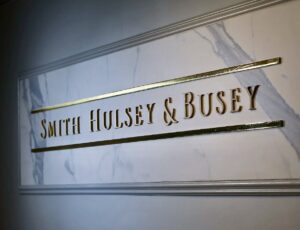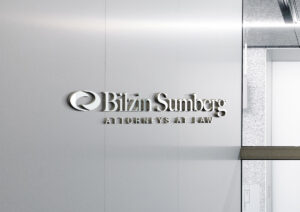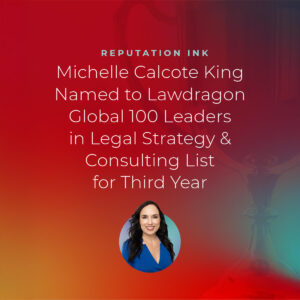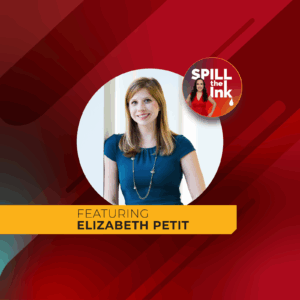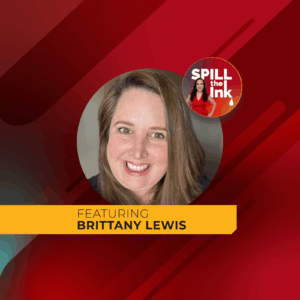Inksights Blog : The Reputation Ink Blog
Using Design to Achieve Business Goals: A Law Firm Marketing Guide
(Hint: It’s not about making things look pretty)
Imagine two attorneys entering court for an important hearing. One strides in donning a crisp, tailored outfit. The other shuffles through wearing a wrinkled T-shirt and sneakers — and let’s throw in some coffee stains, too. Without saying a word, both lawyers have established impressions of their professionalism, reliability and attention to detail.
“About 94% of first impressions are design-related. And those perceptions form fast — within 50 milliseconds, to be precise.”
Stanford Web Credibility Research
Graphic design functions in the same way. Every design choice you make communicates your law firm’s values, capabilities and credibility to those who interact with it, even if they don’t realize they’re making those inferences. Whether it’s your firm’s website, logo, marketing materials or email signature, visuals establish the first and most frequent impression of your law firm.
About 94% of first impressions are design-related, according to Stanford Web Credibility Research. And those perceptions form fast — within 50 milliseconds, to be precise.
Here are five ways design can help your law firm achieve its business goals.
1. Prioritize function over aesthetics
Design isn’t about your personal preferences — it’s about your audience. You might love bold geometric patterns or a certain shade of purple, but ask yourself: do these elements help your firm communicate the right message to your target clients? Effective design should solve problems and communicate effectively.
Fonts are one important example, as they affect the way people consume content and how they feel about it. Key implications include:
Readability: Some fonts are easier to read than others. If a font is too fancy or too small, people might struggle to understand the text.
Tone and personality: Fonts can feel formal, casual, modern or traditional. A law firm wouldn’t use the same font as a kids’ toy brand.
Professionalism: A bad font choice can make a business look unprofessional or outdated, while a good one signals competence and credibility.
Emphasis and hierarchy: Different font styles, sizes and weights help guide the reader’s eye to the most important information.
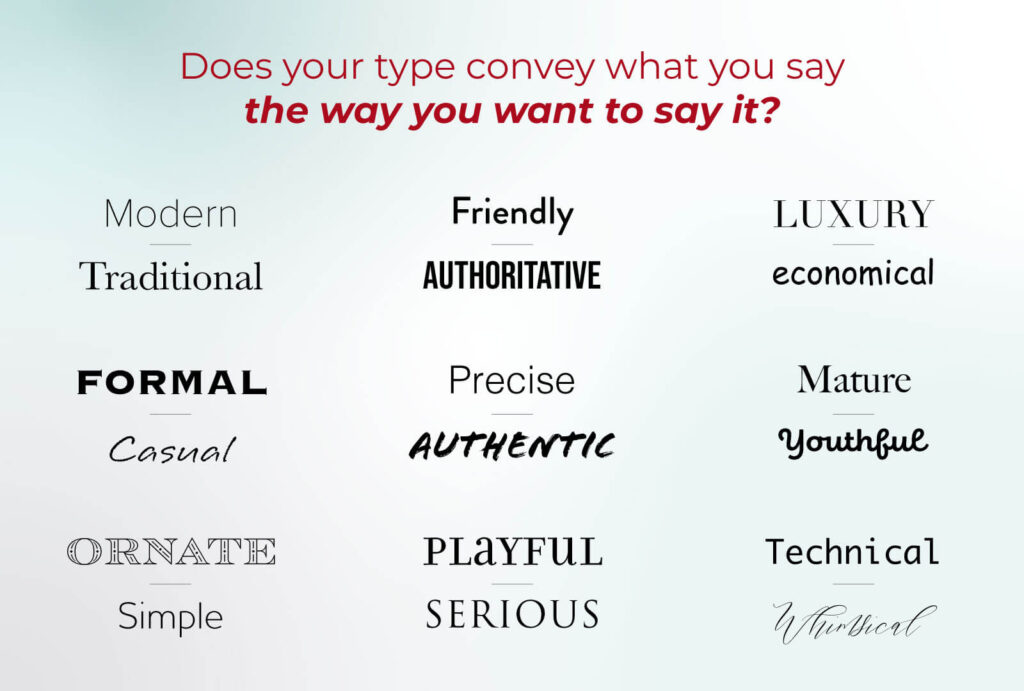
Beyond just making something look good, thoughtful design is built around the function it’s meant to fulfill for your audience.
2. Make consistency non-negotiable
So what if one attorney uses Arial font in their emails while another uses Times New Roman? Most people don’t notice or care about that, right? Perhaps. But imagine a choir where each singer follows their own sheet music. What should be harmonious turns into a chaotic mess.
Inconsistency in formatting, tone and style can create a disjointed brand image, making your firm appear less professional and organized. Every small deviation — whether in font choice, logo placement or tone — subtly undermines trust. Clients and prospects might not consciously notice these inconsistencies, but they add up to an impression of unpredictability.
To ensure consistency across all your firm’s visuals:
- Create and enforce brand guidelines for fonts, colors, logo usage, email signatures and tone of voice.
- Train attorneys and staff on brand guidelines so everyone understands their importance and how to apply them.
- Use design templates for client-facing materials, such as proposals, contracts and presentations.
- Regularly audit marketing materials and communications to ensure alignment with your brand.
- Use a centralized document management system to store and access approved templates and branded materials.
“Effective design should solve problems and communicate effectively.”
3. Know when DIY vs. call in the pros
For those of us who are creatively inclined (myself included), design projects can be fun. There’s something satisfying about bringing a vision to life. But many of us didn’t go to design school and therefore haven’t logged our 10,000 hours honing the craft. We’re dabblers — enthusiastic but untrained — and there are limitations to that.
Part-time design work can lead to “almost there” results. And while user-friendly tools such as Canva or Adobe Express are excellent and should be part of your repertoire, they can’t replace the experience of a seasoned designer who understands the nuances of composition, typography, branding and user experience.
To put it another way: if you’re managing a construction site, that doesn’t mean you’d conduct the land survey yourself — you’d hire a surveyor. Similarly, while your team is deeply familiar with the details of your projects, a professional designer ensures your branding, marketing materials and digital presence align with your firm’s high standards.
When DIY works
Some tasks, like social media posts or simple graphics, can be handled internally with the right tools and templates. A well-designed Canva template created by a professional can empower your team to handle routine design work without compromising brand standards.
When to call in the experts
Key design assets such as logos, brand guidelines and website designs set the foundation for your brand and must reflect quality and consistency. High-stakes materials such as client-facing presentations, proposals or campaigns that need to make a strong impression also benefit from professional design.
4. Unite words and visuals
Many designers approach projects with a check-the-box mindset — copying and pasting text, ensuring brand colors are correct and calling it a day. While this might technically meet the brief, it misses an opportunity to create a cohesive, impactful message.
Good design doesn’t just replicate copy; it transforms it into something visually engaging and aligned with the message’s intent. When verbal (text) and visual (design) elements work together seamlessly, the result is greater than the sum of its parts.
Designers should approach text not as a static block but as a foundation for creating a visual experience.
“If your logo, typography and color palette can nonverbally communicate sophistication, capability or a niche specialty, why wouldn’t you want that extra edge — especially when you’re competing with firms that offer similar services?”
5. Ensure every design choice has a purpose
Design is strategic, so what you exclude is just as important as what you include. Cluttered visuals can dilute your message. Every color, font, layout and visual element should serve a purpose aligned with your firm’s goals.
If a designer can’t articulate the strategic reasoning behind their choices, they’re decorating, not designing. A color palette might be chosen to evoke trust and reliability, while typography can suggest modernity or tradition. These choices should be intentional, not arbitrary.
How to guide your design choices
Start by considering your audience and how they’ll interact with your materials. Imagine a prospective client visiting your firm’s website. Are they greeted by a clean, intuitive layout or are they left navigating a cluttered maze of mismatched colors, fonts and menus? Your design should be a silent guide, directing them effortlessly toward key information, whether it’s a project portfolio, contact form or team member bio.
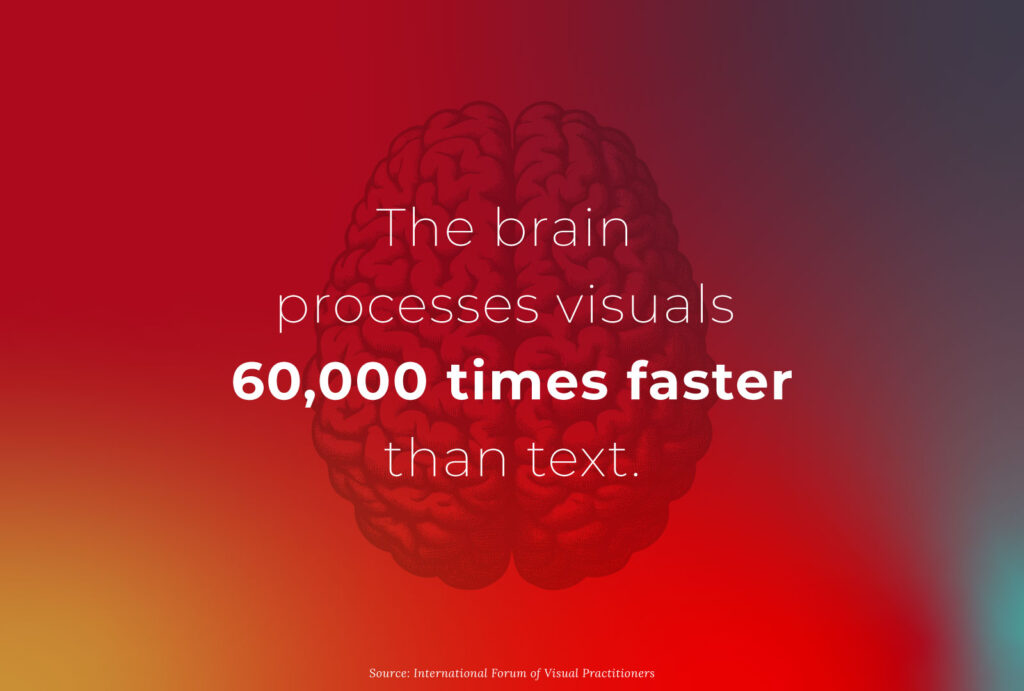
Design as a strategic advantage
Design is powerful, but only if you wield it thoughtfully and strategically. If your logo, typography and color palette can nonverbally communicate sophistication, capability or a niche specialty, why wouldn’t you want that extra edge — especially when you’re competing with firms that offer similar services?
Design is also much more than just aesthetics; it’s a core component of AEC firm marketing and PR. Your brand’s visual identity plays a crucial role in shaping and upholding your reputation. The question isn’t just whether your design looks good; it’s whether it projects the credibility and professionalism your firm deserves.
The brain processes visuals 60,000 times faster than text. That means before a potential client reads a single word about your expertise, your design has already made an impression. Don’t make it an afterthought.
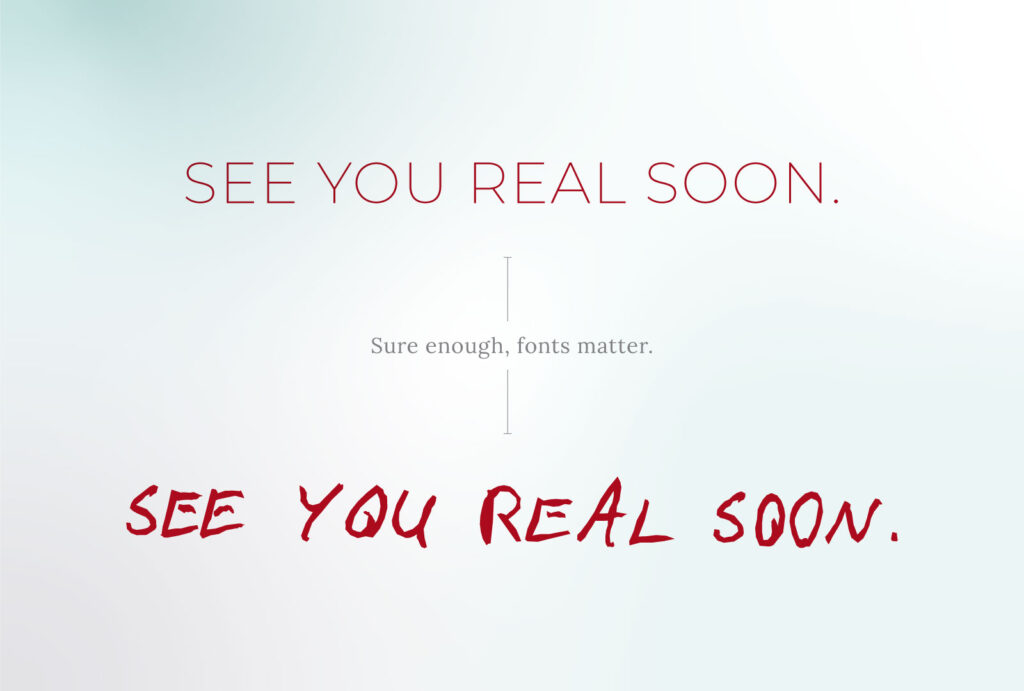
Related Law Firm Content
Strengthening the Profile of a Florida-Based Full-Service Law Firm
Reputation Ink | Oct. 3, 2025
Elevating a National Litigation Firm’s Profile Through Strategic PR and Thought Leadership
Reputation Ink | Jun. 17, 2025
Crafting attorney bios that instill trust, build relationships and boost reputation
Reputation Ink | Apr. 22, 2025

